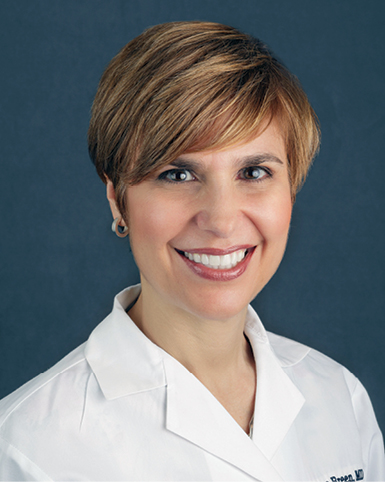“One of Us”

I was saddened to read your report of the suicide of Dr. Breen (Spring/Summer 2021 issue). In that piece you note that there is “an expectation that our health care providers be superhuman with no need for rest.” Then you ask, “Why is this part of the job?” The answer is that health care is a dynamic field, always changing. And when you take a job that initially feels doable and satisfying, over time the duties and responsibilities increase and slowly become less satisfying and impossible. This is not something that management perceives, because you are doing more work for the same pay, a stress to you, but a benefit to management which has achieved increased productivity from you for the same wage.
I always tell new physicians to save for the future by setting aside funds to allow them the time to change jobs when this situation requires a career change. You might be advised to anticipate facing this problem at least every 15 years. Or sooner.
William Reichert’69
Thank you for “One of Us.” Our local community recently lost two physicians to suicide. After the memorial services had passed, I was struck by the widespread hesitancy to speak about their lives or how we could honor them by changing the culture of medicine—one that fails to acknowledge the mental health challenges in many of us and one that often mislabels these challenges as failings. We need to be and do better, and kudos to Jennifer and Corey Feist for leading this charge.
Edward J. Yun’98
“Broken Hearts”
Thank you for publishing “Broken Hearts: Exploring Disparities in Diagnosis and Treatment of Heart Disease in Women” (Fall/Winter 2020 issue). When I was a medical student at P&S 20 years ago, it appeared that women were quite underrepresented in cardiology; I cannot recall seeing or interacting with any female attending physicians during my time on the cardiology service, though I did work with exactly two later during my internal medicine residency at another institution.
I was particularly intrigued to see the kind of care being provided by Dr. Axsom to an elderly woman who was ineligible for a heart transplant described as palliative care. In my experience, compared with physicians working in other specialties, cardiologists have been less likely to embrace the notion of palliative care or to have overt conversations with their patients acknowledging that sometimes doing less is doing more. In the rural area where I practice, we achieve similar outcomes as Dr. Axsom’s team by doing a different kind of remote monitoring. By providing home-based palliative care that focuses on frequent non-invasive assessment of patients’ signs and symptoms, and offering patients the option to transition to hospice when their life expectancy is thought to be less than six months (12 months for Medicaid patients in New York State), we reduce acute care visits and hospitalizations by providing interdisciplinary support to patients and their families. Palliative care—whether via continuous pulmonary artery pressure monitoring or 24/7 nurse support with the help of social workers, home health aides, massage therapists, and volunteers—nearly always improves the quality of life of the patients involved. Furthermore, while studies of palliative care are complicated (it is unlikely that a double-blind randomized controlled trial of hospice vs. usual care, or hospice vs. remote pulmonary artery pressure monitoring, would fly), some research notably suggests that palliative care, and even hospice care, also improve quantity of life, including for heart failure patients. There are few patients who would not choose to feel better and live longer if the option were gracefully presented to them.
The implication that it has taken a team of female physicians to more fully explore how both biology and bias impact the care of women with heart disease is admittedly frustrating; I suspect that most of us who practice medicine would like to think that we are dedicated to all patients, not just those who match us with regard to various demographic characteristics. However, it certainly lends credence to the notion that a more diverse cadre of physicians would improve the health of our diverse communities. I am grateful that, at least as suggested by Dr. Rustgi’s recent communication, Columbia is acknowledging the crucial importance of a more inclusive and equitable environment for all.
Beth Olearczyk'03
- Log in to post comments

